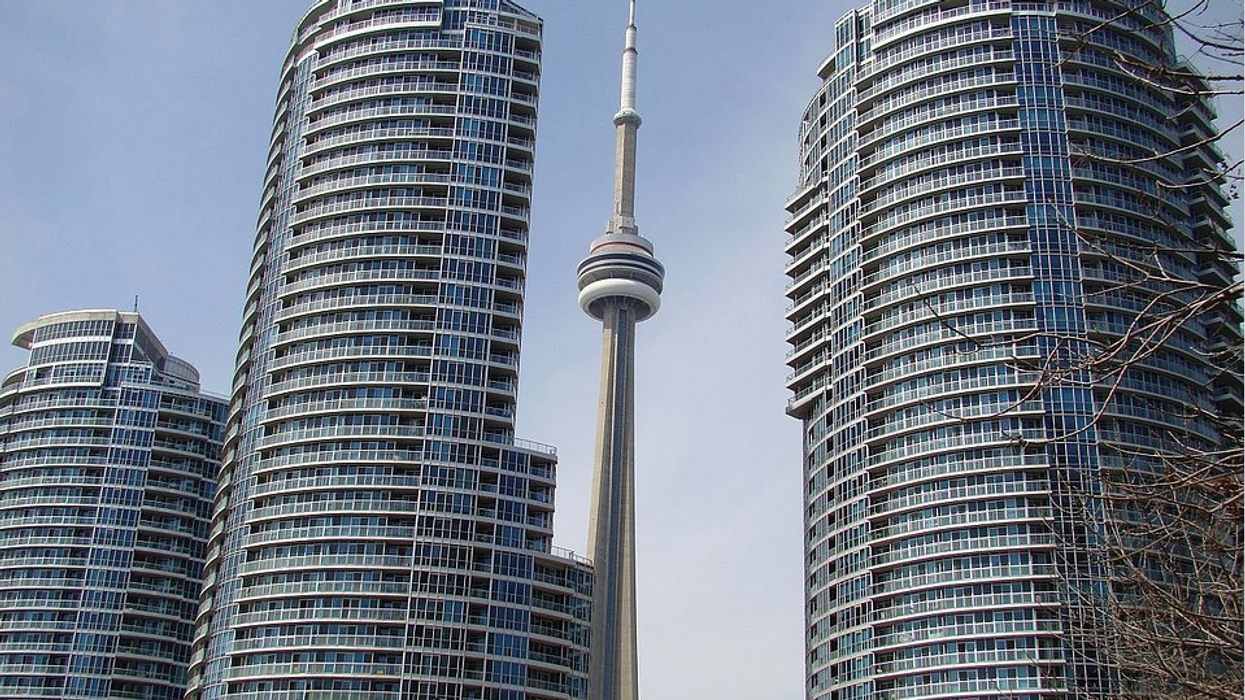Constructing homes is one thing, building communities another. The difference has so far been lost on Ontario Premier Doug Ford. He has made no secret of his support for the development industry and the condo towers, sprawl and multi-lane highways they depend upon.
But in the midst of a global housing crisis that has hit Ontario harder than most jurisdictions, this is no longer enough. Though the pressure to build has grown more intense than ever, the most pressing issue is cost. Fewer and fewer of us have pockets deep enough to buy a place of our own, even if we can find one.
So when Ford convened the Housing Affordability Task Force last December, it was clear even to the premier that the crisis could no longer be ignored. Despite his willingness to go to the wall for friendly developers, the need to increase the provincial residential stock continues to grow ever more dire. The task force report, released last week, offers many welcome common sense suggestions but falls short of providing the answers the population deserves.
Read: Ontario Affordability Task Force Proposal Goes After Zoning, NIMBYs, and Red Tape
Let’s not forget, the causes of the affordability crisis go well beyond simple supply and demand. Working people in Ontario and across North America have been devastated by decades of falling wages and growing income disparity. In our race to the bottom, big business pays less in tax while food banks have never been busier. The development industry has no trouble delivering luxury condos and McMansions to the wealthy, but shows less enthusiasm for affordable rental accommodation or mid-rise infill projects.
In other words, the disappearance of affordable housing is as much a symptom as a cause of a deeper economic malaise that has North America and Europe in its grip. To make matters worse, policies such as weakened rent controls and provincial foot-dragging on building homeless shelters only exacerbate the situation.
“We propose an ambitious but achievable target,” task force chair, Scotiabank executive Jake Lawrence, writes in his cover letter to provincial housing minister Steve Clark, “1.5 million new homes built in the next 10 years.”
Sounds great, but on closer inspection some might worry that those residences could come at a steep price. Basically, Lawrence and his fellow travellers argue, rules are the problem. They slow things down, increase costs and impose unnecessary demands. Rather than improve and update them, the task force suggests they be severely curtailed or better still, tossed. That includes everything from land use zoning and public consultation to appeal processes and heritage designations. The task force is all in favour of getting out of the development industry’s way and letting builders have at it.
Reducing NIMBY Power a Step in the Right Direction
To be fair, there are good reasons to lighten the regulatory load that weighs down construction in Ontario. The report’s focus on the NIMBY hordes that oppose anything that doesn’t look like them and theirs is understandable and, frankly, welcome. Stories of ratepayers and their tame municipal councillors fighting everything from social housing and half-way homes to six-storey apartment buildings and day-care centres abound, each more appalling than the next.
Other recommendations are equally relevant. The proposal to reduce or remove parking minimums, for example, is an idea whose time has come, especially in a big city like Toronto. But we already have residential towers without parking.
Also welcome are changes to regulations that would allow mid-rise growth along streets like Danforth Ave., which are well served by transit. Emergency exits and parking requirements have made such development all but impossible.
But when the document speaks of “province-wide zoning standards, or prohibitions, for minimum lot sizes, maximum building setbacks, minimum heights, angular planes, shadow rules, front doors, building depth, landscaping, floor space index and heritage view cones,” it is peddling in nonsense. Rules that apply in Toronto or Ottawa mean nothing in Havelock, population 1,300.
Growth Around Transit is Key
On the other hand, the report is dead right about lost opportunities in allowing growth around transit. As the authors note: “If municipalities achieve the right development near transit – a mix of housing at high- and medium-density, office space and retail – this would open the door to better ways of funding the costs.”
Interesting, though, that their reason is based on paying for transit. That’s fine, but the more pertinent argument is that combining mixed-use development and transit makes for more liveable and sustainable neighbourhoods.
This emphasis on the cost of things rather than their value limits the document and leaves plenty of room for municipalities’ objections. And when it gets into the need to, “Repeal or override municipal policies, zoning or plans that prioritize the preservation of physical character of neighbourhood” it is playing with fire. NIMBYism notwithstanding, there is a difference between the built environment and quality of life.
Rules Shouldn’t Be Completely Thrown Out the Window
It’s true that planning, especially in Toronto, is deeply flawed, but that doesn’t mean it should be eliminated. No function is more critical to the life of a city than planning. The question is how to make it responsive, relevant and realistic. It depends on a shared vision not ticking boxes on a clipboard.
The history of Ontario cities makes it clear that the need for rules and regulation is absolute. The evidence can be seen at every turn.
The real question, of course, largely unaddressed by the report is governments’ role in affordable housing, federal, provincial and civic. If their reluctance didn’t create the problem, it certainly exacerbates it. Until the public sector gets involved, affordable housing will remain as elusive as ever.





















